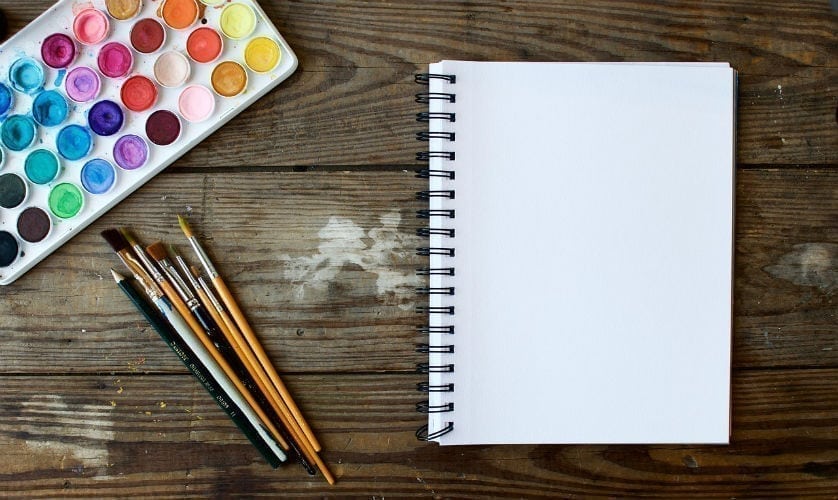A Look at the Relationship Between Art and Technology
Whether art imitates life or life imitates art, technology plays a prominent role in the modern forms of both things. Technology is an increasingly pervasive part of our lives, and it’s having a growing impact on the art world. Here are five ways these advancements are transforming the art world.
#1 Tech as a Tool for Making Digital Art
Any time a new potential way to create emerges, you can be sure that artists will explore ways to use it. Technology provides many new, exciting ways to create, and artists have not been shy about exploring its capabilities.
Digital art and video art have become increasingly popular in recent years, and artists have used these mediums to create many innovative works. Artists are now using new, advanced technology to create works of art as well.
Eric Standley, an artist based in Virginia, makes stained glass-like pieces using laser-cut papers. He stacks sheets of paper, often more than 100 of them, and uses lasers to cut intricate designs into them.
#2 Sometimes, Tech is the Art
In other cases, the technology itself is part of the finished work of art. In a showcase called Assemblance, lasers are the art. As visitors walk through smoke and colored laser beams, they create structures and drawings with light.
The audience learns that when they work together, the shapes they produce are less fragile and more complex. This work is a hallmark of many art projects that incorporate technology. It enables artists to produce work that is more interactive as well as dynamic.
#3 Tech is Expanding Access to Art
The art world has often been a somewhat exclusive club. If you’re a new artist, getting your work into galleries can prove difficult. If you’re not wealthy, purchasing — and sometimes even seeing — fine art can be a challenge.
One of the hallmarks of blockchain and cryptocurrency technologies is their ability to democratize marketplaces and remove the need for central authorities. That’s precisely what they’re doing for the art world.
A blockchain platform called Maecenas allows you to buy “shares” of a piece of work like you would of a company. Because you don’t have to purchase an entire piece, investing in art becomes much more affordable.
Maecenas also charges only a two percent fee, which is substantially less than what most auctioneers charge. Maecenas uses coins called ART tokens to record transactions. Other galleries, including some online art galleries, now also accept cryptocurrencies as payment.
#4 Tech is Helping People Enjoy Art
More museums and galleries are now using technology to help people learn about art. They can even act as something like virtual tour guides. These apps can include interactive maps, videos about exhibits, audio tours, and more. One mobile app for a museum in Brazil uses artificial intelligence powered by IBM’s Watson to answer visitors’ questions.
A new app called Smartify even allows you to scan pieces of art to access additional information. A series of installations called “Selects” doesn’t feature any of the traditional placards with information about their pieces. Instead, they use a companion app that provides videos from design experts about the art.
In galleries, most video works use subtitles so as not to disturb other visitors. At a Selects gallery called BG Selects, videos emit sound waves that aren’t audible to humans. The app picks up these waves and prompts the user to turn on their sound. Viewers can then use their phones and headphones to hear the accompanying audio.
#5 Tech is Helping Us Understand How We Experience Art
Museums can also now use technology to learn more about how people experience art. The Peabody Essex Museum, for instance, has a “Neuroscientist in Residence” who uses brain science to improve the setup of exhibits.
Analyzing how people move through exhibits and using monitoring technology to gather biometric data from visitors can help museums to create displays that have a more powerful impact. Useful biometric data includes information on eye movement and heart rate, which measures emotional response.
Art and society evolve alongside each other, and technology is becoming increasingly ingrained in both. It’s only a matter of time before we see just how technology will innovate the art world next.
Image Courtesy of Pixabay











